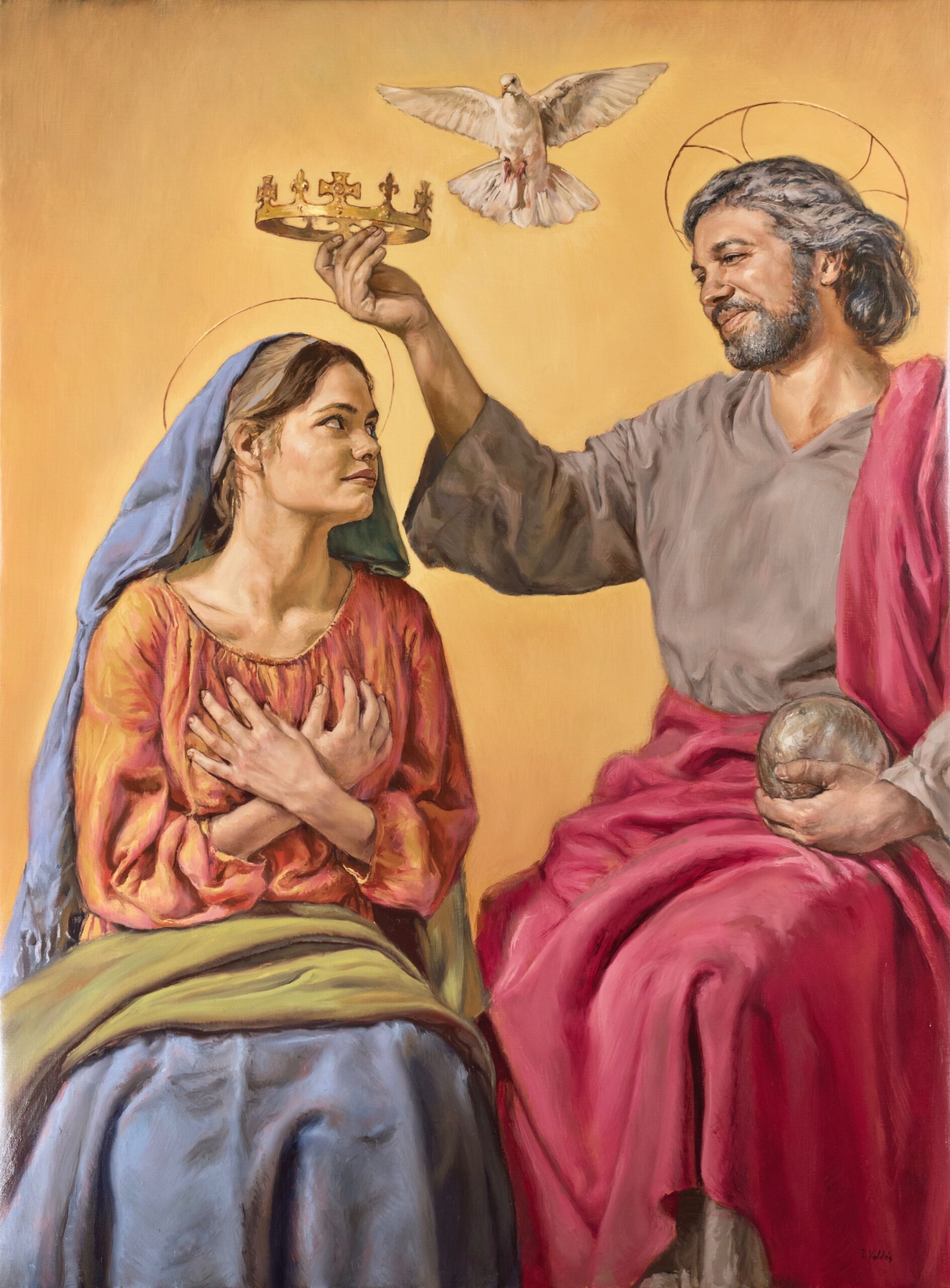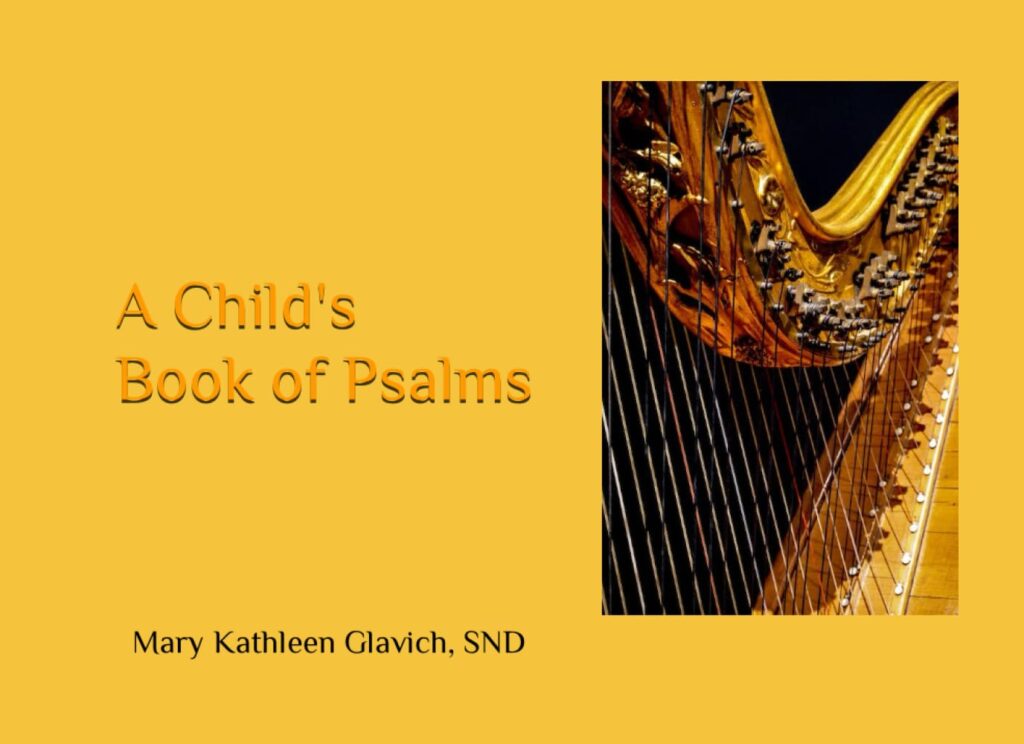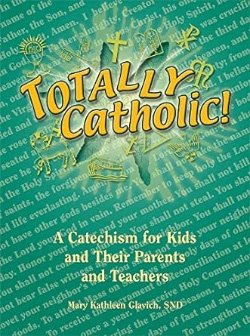 We used to celebrate the Ascension exactly forty days after Easter on Thursday. On that day the Paschal, or Easter, Candle was extinguished after the Gospel as a sign that Jesus, the light of the world, had left for heaven. Nowadays we celebrate the Ascension on the Sunday after. Why? The Ascension, the mystery of Jesus returning to the Father in heaven, is of key importance, and so it is a holy day of obligation. For many people who work it is difficult to go to Mass on a weekday. Therefore, our bishops transferred our celebration to Sunday so that this great feast can be given its due and more people can celebrate it. Actually, the accounts of the Ascension in Scripture set this event on different days. In the Gospels of Mark and Luke, Jesus ascends on Easter Sunday. John too apparently assumes that Jesus goes directly from risen glory to heaven. It is in the Acts of the Apostles that we find that after the resurrection, Jesus continues teaching the apostles for forty days and then returns to heaven. The number forty is symbolic to the Jewish people. It stands for a period of spiritual growth. Recall that the Israelites spent forty years in the desert and Jesus spent forty days in the desert.
We used to celebrate the Ascension exactly forty days after Easter on Thursday. On that day the Paschal, or Easter, Candle was extinguished after the Gospel as a sign that Jesus, the light of the world, had left for heaven. Nowadays we celebrate the Ascension on the Sunday after. Why? The Ascension, the mystery of Jesus returning to the Father in heaven, is of key importance, and so it is a holy day of obligation. For many people who work it is difficult to go to Mass on a weekday. Therefore, our bishops transferred our celebration to Sunday so that this great feast can be given its due and more people can celebrate it. Actually, the accounts of the Ascension in Scripture set this event on different days. In the Gospels of Mark and Luke, Jesus ascends on Easter Sunday. John too apparently assumes that Jesus goes directly from risen glory to heaven. It is in the Acts of the Apostles that we find that after the resurrection, Jesus continues teaching the apostles for forty days and then returns to heaven. The number forty is symbolic to the Jewish people. It stands for a period of spiritual growth. Recall that the Israelites spent forty years in the desert and Jesus spent forty days in the desert.
The Ascension is the climax of Jesus’ life on earth that began with the Incarnation at the Annunciation (what we might call the descension). The paschal mystery, the core of our faith and the cause of our salvation, comprises these four mysteries: the suffering, death, rising, and ascension of Jesus. His mission on earth completed, Jesus returned to his father in heaven. Because Jesus is both God and man, humanity is already in heaven. (Mary, too, is there body and soul.) Before Jesus leaves, he commissions his followers to carry on his work and witness to him. He promises the Holy Spirit who will empower them to do so. Luke says Jesus bl esses his disciples as he departs and they worship him. (Today the Paschal Candle is extinguished on Pentecost, but it is lit again for baptisms and funerals.)
esses his disciples as he departs and they worship him. (Today the Paschal Candle is extinguished on Pentecost, but it is lit again for baptisms and funerals.)
In the Acts account, as Jesus is lifted, a cloud envelops him. In Scripture a cloud is a sign of God’s presence. A cloud led the Israelites through the desert, and a cloud was on Mt. Sinai where Moses spoke to God. At the dedication of the Temple, a cloud fills it. At the Transfiguration of Jesus when he appears in glory, a bright cloud appears.
Mark states that Jesus is seated at the right hand of the Father. This is a place of honor. Jesus is in glory and all things are “under his feet.” He is Lord of all.
According to Acts, as the apostles stand staring at the sky where Jesus disappeared, two angels stand with them. The angels more or less say, “OK, stop looking into space and get to work.” They also inform the apostles that Jesus will return. This is what we believe. We declare it each time we pray the Apostles’ Creed or Nicene Creed. Jesus referred to his second coming too. “For as the lightning comes from the east and flashes as far as the west, so will be the coming of the Son of Man.” (Matthew 24:27) He will be “coming on the clouds of heaven with great glory.” (Matthew 24:30). During the season of Advent, we remember not only the first advent (coming) of Jesus, but anticipate his second advent. Hopefully when he comes, we will experience our own “ascension.”
We are now in the last age: the time between the Ascension and the Second Coming. We have the responsibility to work to further God’s kingdom on earth. So let’s get busy.
What are you doing to make Jesus better known?









2 Responses
We have now moved Ascension to a Sunday— disappointing, for this very important day feels like any other day. Christianity shouldn’t be about convenience but about a little extra sacrifice. Evangelization is NOT just for a Sunday or so we are taught.
What do others think about the move?